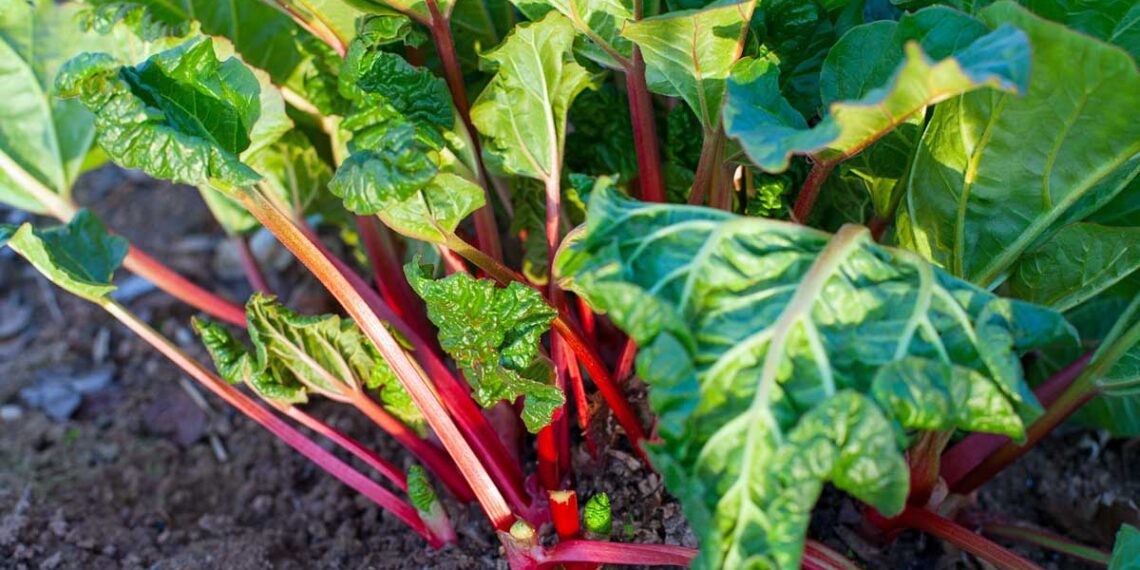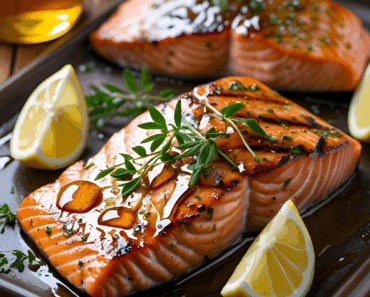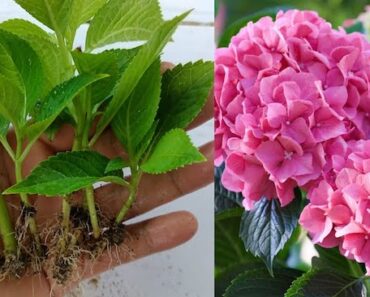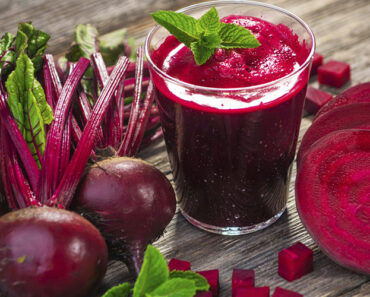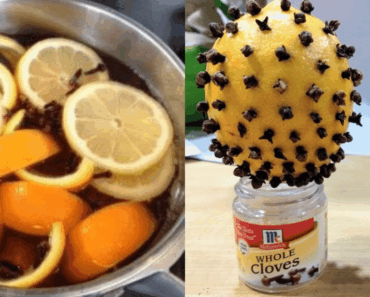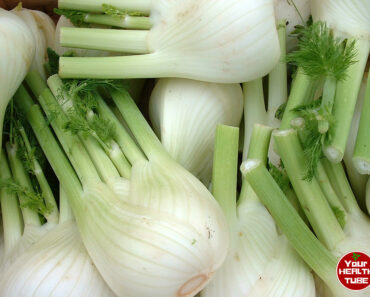Rhubarb is a beloved spring vegetable that’s often treated like a fruit, especially in pies and preserves. Its tart, juicy stalks are legendary in kitchens around the world. But what if we told you that you could use more than just the stalks?
From its nutrient-rich stalks to its surprisingly useful (though toxic) leaves, the entire rhubarb plant can serve a purpose – in the kitchen, garden, and home. While rhubarb leaves are not edible due to their oxalic acid content, they still have plenty of non-culinary uses that make them worth keeping.
In this comprehensive guide, we’ll explore every practical way to use the rhubarb plant – how to harvest and cook the stalks, how to repurpose the leaves, and how to get the most value from your plant, sustainably and safely.
What Is Rhubarb?
Rhubarb (Rheum rhabarbarum) is a hardy perennial plant grown for its thick, red or green stalks. Native to Siberia and Northern Asia, it thrives in cooler climates and is often one of the first harvests of spring.
The stalks are known for their tangy flavor, while the large, triangular leaves are inedible due to high concentrations of oxalic acid.
Are Rhubarb Leaves Poisonous?
Yes, but not in a way that should scare you. Rhubarb leaves contain oxalic acid, a naturally occurring compound found in many plants, including spinach, beets, and Swiss chard.
In high concentrations, oxalic acid can be harmful if ingested, potentially causing nausea, kidney issues, or worse in extreme cases.
But here’s the good news: While the leaves are not safe to eat, they are perfectly safe to handle and can be used in a variety of non-food applications.
How to Harvest and Prepare Rhubarb
- Wait until the plant is mature (usually the second or third year of growth).
- Harvest in spring through early summer.
- Pull, not cut the stalks at the base for cleaner regrowth.
- Discard the leaves from the stalks immediately.
- Wash stalks well and peel if necessary.
Culinary Uses for Rhubarb Stalks
The stalks are where most of the edible magic happens. Tart and fibrous, they balance beautifully with sugar, fruit, and spices.
1. Rhubarb Pie and Crumbles
The classic! Rhubarb’s tangy bite is perfect in desserts.
- Pair with strawberries for the iconic Strawberry Rhubarb Pie
- Use oats and brown sugar for an easy rhubarb crumble
- Add orange zest for a citrus twist
SEO Keyword Tip: Use terms like “classic rhubarb pie recipe,” “best rhubarb crumble,” and “rhubarb and strawberry desserts” to drive search traffic.
2. Rhubarb Jam and Preserves
Turn stalks into long-lasting flavor with minimal effort.
- Combine with sugar, lemon juice, and pectin
- Try with ginger or vanilla for a gourmet twist
- Can be used as a filling for tarts, cakes, or thumbprint cookies
3. Rhubarb Syrup for Drinks and Cocktails
Make your beverages shine!
- Simmer chopped rhubarb with sugar and water to create a bright pink syrup
- Use in lemonade, iced tea, gin cocktails, or mocktails
- Freeze into popsicles for a summer treat
4. Savory Rhubarb Chutney or Sauce
Rhubarb adds unexpected depth to savory dishes.
- Simmer with onions, garlic, ginger, and vinegar for a chutney
- Serve with grilled chicken, lamb, or cheese platters
- Use as a glaze for roasted vegetables
5. Fermented Rhubarb or Rhubarb Pickles
Rhubarb is great for preserving in vinegar brines.
- Make quick-pickled rhubarb with white vinegar, sugar, and spices
- Adds a zesty twist to salads, sandwiches, and charcuterie boards
6. Rhubarb Compote or Puree
Great over pancakes, yogurt, or ice cream.
- Stew stalks with sugar and spices
- Blend for a smooth puree or leave chunky for rustic appeal
7. Baked Goods with Rhubarb
Add rhubarb to:
- Muffins and cupcakes
- Coffee cakes
- Quick breads
- Cheesecakes
Pro Tip: Toss rhubarb in sugar first to draw out excess moisture when baking.
Surprising Uses for Rhubarb Leaves (Non-Edible)
Rhubarb leaves may not be edible, but they are far from useless. In fact, they can serve important roles in gardening, pest control, and even homemade household products.
8. Natural Insecticide Spray
Rhubarb leaves can be turned into a natural pest deterrent thanks to their oxalic acid content.
How to Make It:
- Chop 4–5 rhubarb leaves
- Boil in 6 cups of water for 30 minutes
- Strain and cool
- Add a few drops of dish soap
- Spray on plants (avoid edible leaves)
Best For: Aphids, cabbage worms, spider mites
9. Compost Booster
Rhubarb leaves break down quickly and add green matter to your compost bin.
- Oxalic acid content breaks down safely over time
- Great for balancing high-carbon compost (like dried leaves or cardboard)
Use in moderation and mix well with browns to avoid imbalance.
10. Slippery Weed Barrier
Place whole rhubarb leaves around garden beds to suppress weeds and retain soil moisture. Their large size and waxy surface are ideal.
- Place around tomatoes, peppers, or squash
- Leaves will slowly break down and feed the soil
11. DIY Natural Dye
Rhubarb leaves can be used as a natural dye mordant, especially in wool and silk dyeing.
- Boil leaves to create a yellowish-brown mordant solution
- Use to pre-treat fabric before applying other natural dyes
Caution: Wear gloves, and avoid using aluminum or reactive pots.
12. Homemade Garden Pot Cleaner
Because of their acidity, rhubarb leaves make a surprisingly effective natural scouring agent.
- Crush a fresh leaf
- Rub the inside of pots to remove mineral buildup
- Rinse thoroughly before replanting
13. Garden Art or Leaf Castings
Their broad, veined surface makes rhubarb leaves perfect for leaf mold castings using concrete or plaster.
- Coat underside of leaf with oil
- Pour concrete over and let dry
- Peel away leaf to reveal texture
Use as stepping stones, decorative plaques, or bird bath accents.
14. Slug Trap Base
Place rhubarb leaves over beer traps or citrus halves to help funnel slugs into traps.
- Acts as both a bait and a shelter
- Safe, chemical-free way to reduce garden pests
15. Fertilizer Tea (Cautious Use)
Some gardeners brew a compost tea from rhubarb leaves to feed non-edible plants like ornamentals.
- Chop leaves, steep in water, strain
- Apply to soil – not foliage
- Avoid using on food crops due to residual toxins
Storage Tips for Rhubarb Stalks
- Refrigerator: Wrap in a damp towel or plastic bag, lasts 1–2 weeks
- Freezer: Chop and freeze raw or stewed in freezer-safe bags
- Drying: Dehydrate slices for future use in teas or baking
- Canning: Preserve as jams, syrups, or pie filling
Growing and Caring for Rhubarb
- Zone: USDA Zones 3–8
- Sunlight: Full sun (at least 6 hours)
- Soil: Rich, well-drained, compost-enhanced
- Water: Consistent moisture, especially in dry seasons
- Harvest Time: Spring to early summer (don’t harvest all stalks at once)
- Dividing Plants: Every 4–5 years to rejuvenate growth
Don’t eat first-year harvests – let plants establish strong roots.
Quick Summary of Rhubarb Uses
| Part Used | Use Type | Description |
|---|---|---|
| Stalks | Edible | Pies, jams, pickles, sauces, baked goods |
| Leaves | Non-edible | Compost, insecticide, dye, weed barrier, art |
| Whole plant | Garden utility | Mulch, natural fertilizer tea, pot cleaning |
| Fresh/Frozen | Storage | Store fresh in fridge or freeze chopped pieces |
| Cooked | Versatile | Use in savory or sweet dishes, preserves, drinks |
Rhubarb is more than just pie filling. It’s a resilient, multi-functional plant that offers culinary joy, garden utility, and even artistic inspiration.
By learning how to use both the stalks and the leaves properly, you can minimize waste and maximize the value of your garden harvest.
Whether you’re simmering a pot of rhubarb chutney or crafting leaf-shaped garden art, one thing’s clear: from stalk to leaf, rhubarb is one plant that keeps on giving.

